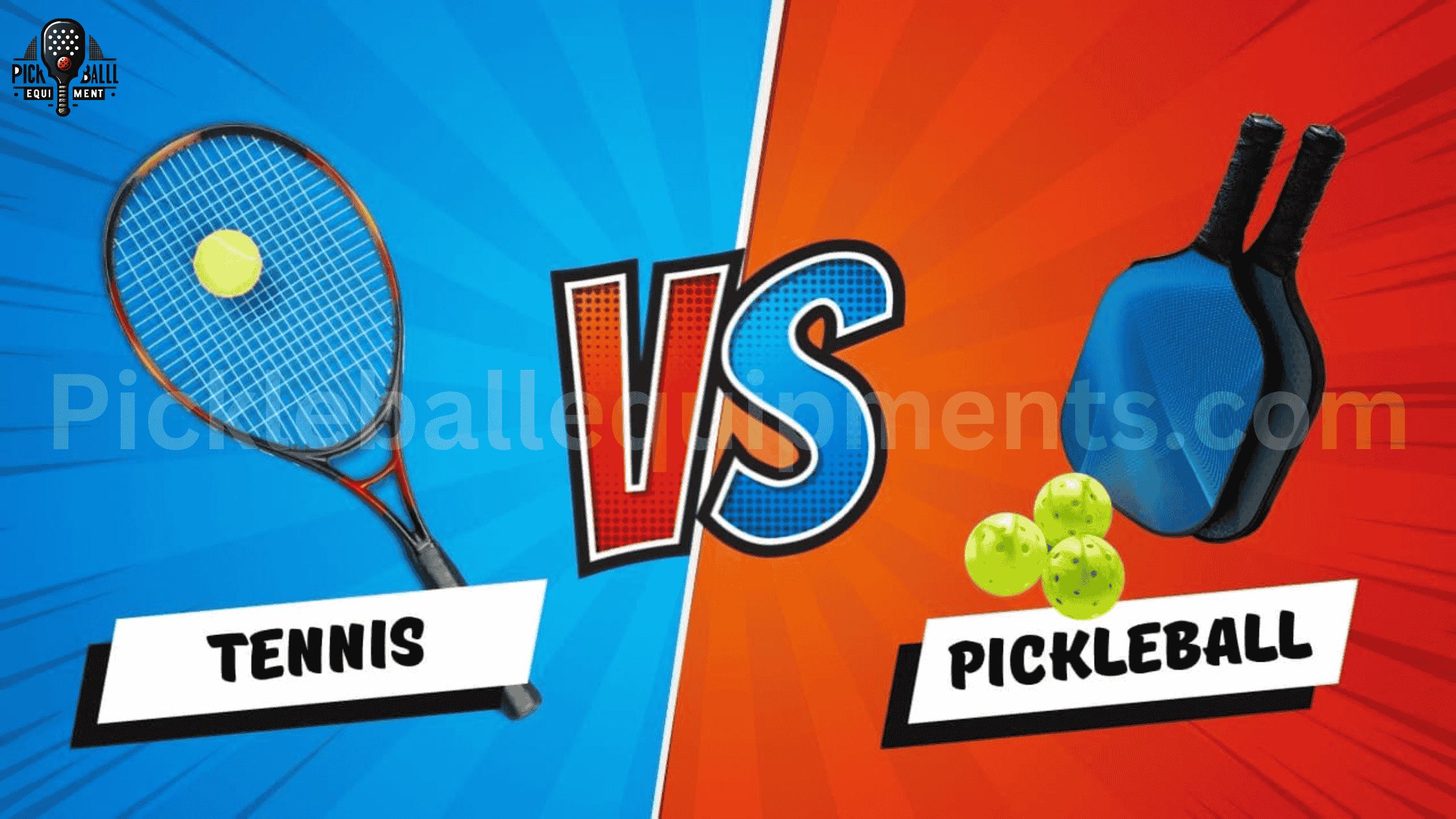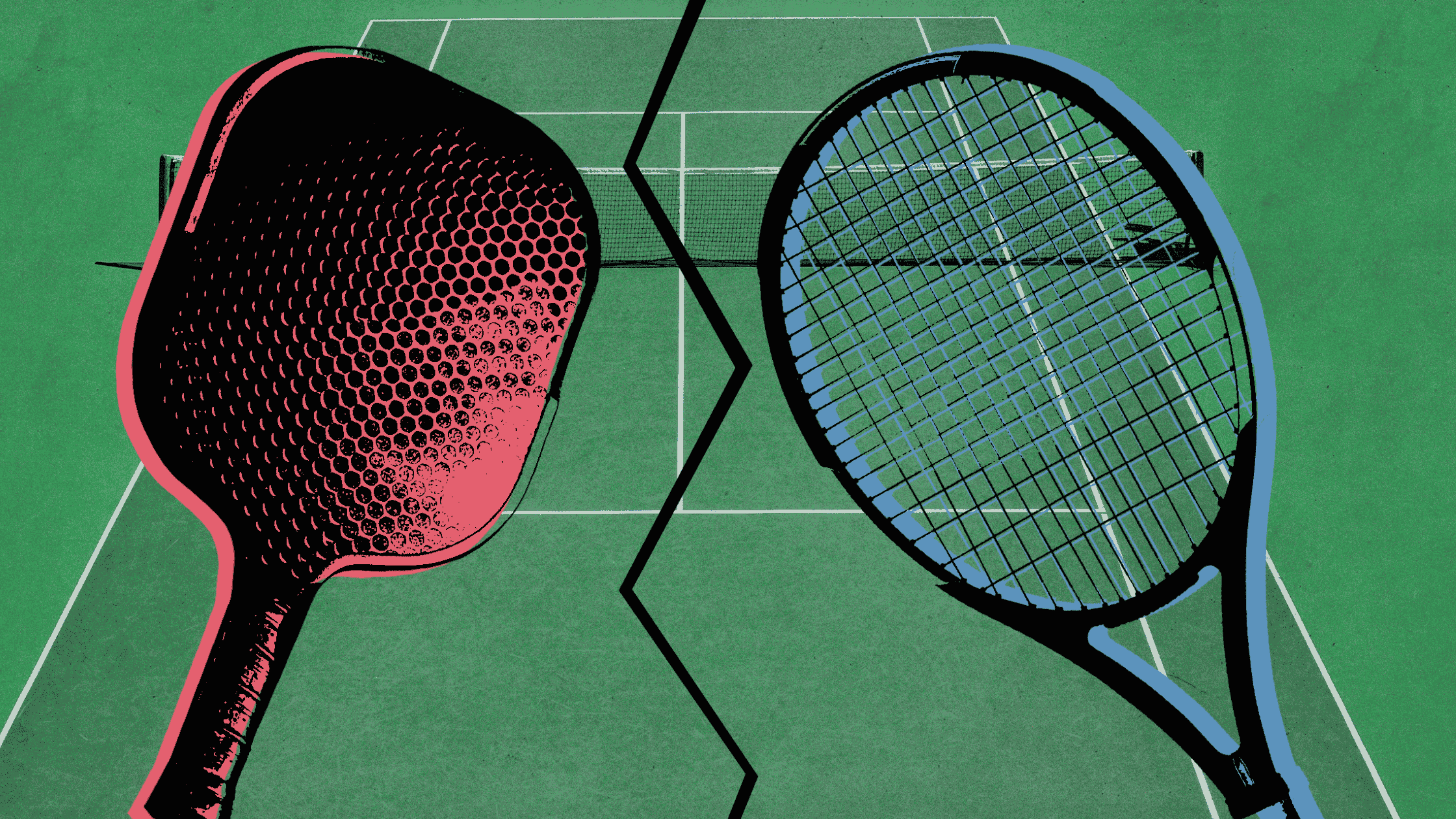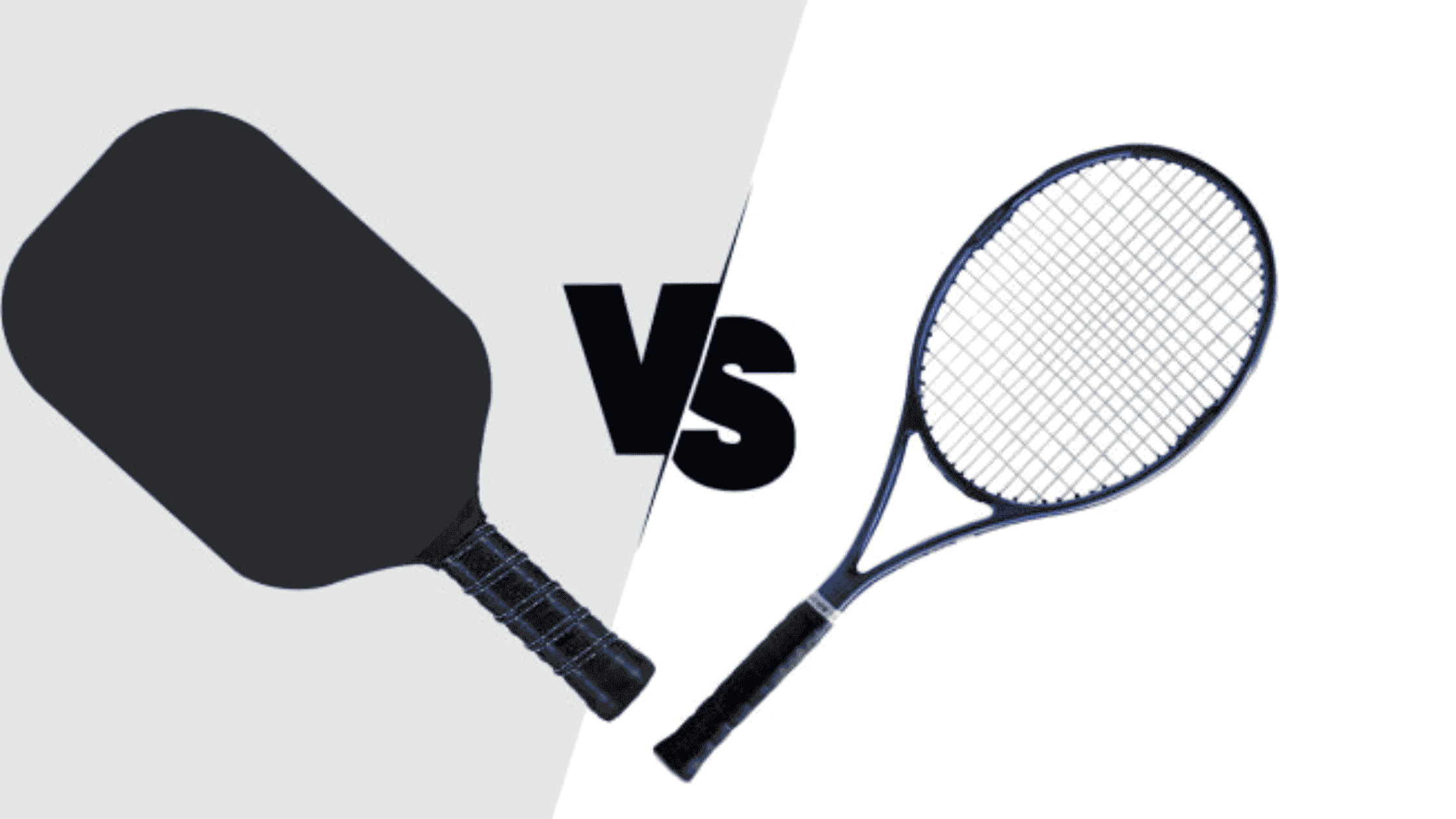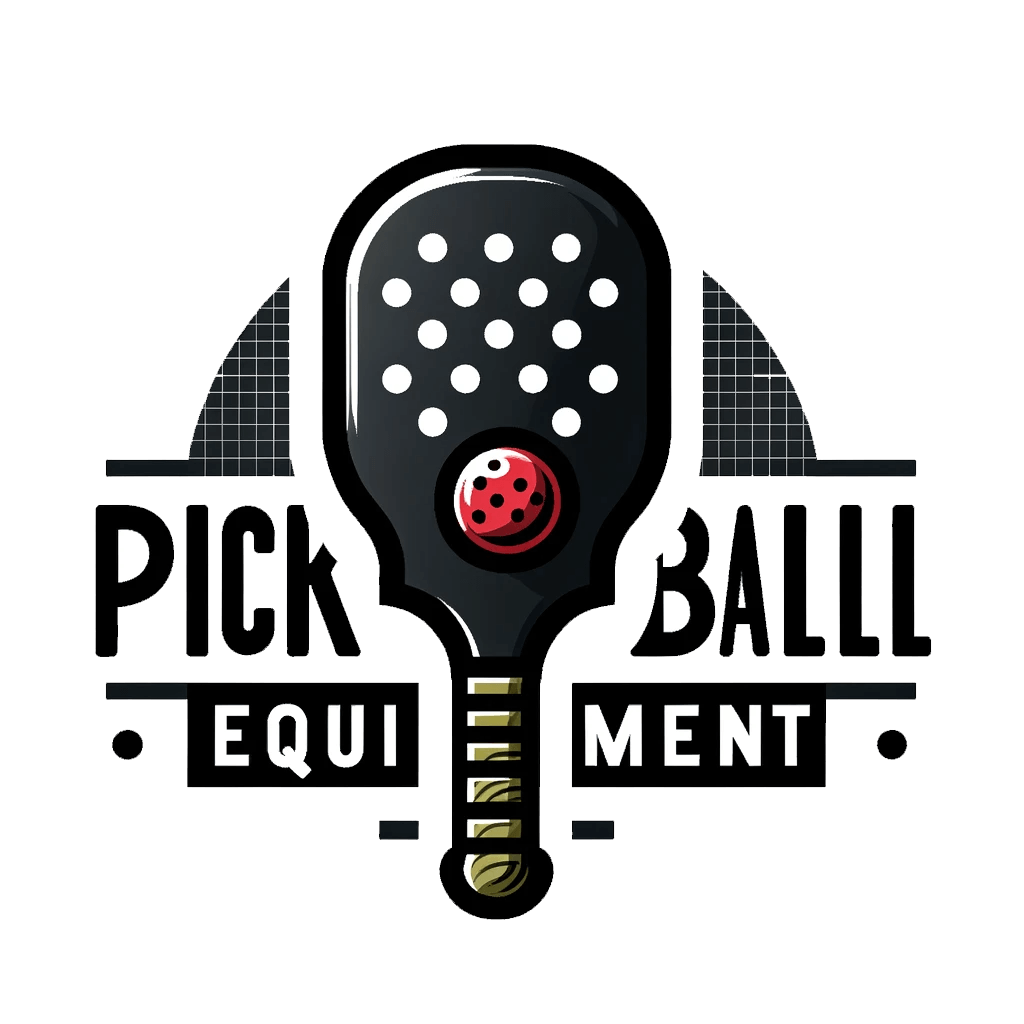Calories burned: pickleball vs. tennis, both competitive exercise racquet sports, offer enjoyable avenues for burning average calories in order to stay fit. Understanding the calorie-burning potential of exercise and pickleball games is vital for average pickleball players. It helps individuals make informed fitness choices. Participants can benefit from significant calorie expenditure. This can happen while engaging in the fast-paced nature of exercise, such as pickleball or the endurance-testing game of tennis. This understanding empowers individuals to tailor their physical activity. They can effectively align it with their fitness goals.
Key Takeaways
- Pickleball and tennis both offer effective calorie-burning workouts.
- Movement patterns differ, influencing calorie expenditure.
- Factors like body weight and fitness level impact calories burned.
- Pickleball enhances cardiovascular health and muscle strength.
- Game dynamics in pickleball lead to significant calorie burn.
Analyzing the calories burned pickleball vs tennis

Pickleball and tennis both offer effective calorie-burning workouts. The intensity of the pickle ball game, including exercise, quick movements, rallies, and sprints, contributes to the average calories burned. The duration of pickle ball play is a crucial factor in determining overall calorie expenditure. For example, a longer match or more extended playing time can result in higher calorie burns for both pickleball and other sports.
Both pickleball and tennis require players to engage in dynamic movements. These include running, jumping, lunging, and swinging. These high-intensity actions elevate the heart rate. They also contribute to significant caloric expenditure during gameplay.
Movement Patterns and Energy Expenditure
The movement patterns in pickleball involve short bursts of energy due to its smaller court size compared to tennis. In contrast, tennis requires players to cover a larger area with longer distances between shots. This difference influences the types of movements involved in each sport.
In pickleball, players may experience frequent changes in direction. They make quick lateral movements near the net. Tennis, however, requires continuous back-and-forth movement across the court during rallies.
-
Both sports provide cardiovascular benefits.
-
Longer matches lead to increased calorie burn.
-
Quick lateral movements are prominent in pickleball.
Factors Influencing Calorie Expenditure in Racquet Sports
Body Weight, Age, Gender, and Fitness Level
Body weight, age, gender, and fitness level impact the number of calories burned while playing pickleball or tennis. A person’s weight affects the amount of energy required to move around the court. Younger individuals with higher fitness levels tend to have a higher metabolic rate. They burn calories more efficiently compared to older or less fit players.
Men generally have more muscle mass than women, leading to a higher basal metabolic rate. This means that men may burn calories at a different rate than women during racquet sports like pickleball or tennis.
Intensity of Gameplay
The intensity of gameplay significantly impacts calorie expenditure during racket sports. Rallies involving quick movements and rapid changes in direction demand more energy. They also result in increased calorie burning. Serving and volleying also contribute to the overall intensity of the game.
For example, intense rallies where players are constantly on the move will lead to greater calorie expenditure. This is compared to slower-paced matches with longer breaks between points.
Environmental Factors
Temperature and humidity can affect energy expenditure during pickleball and tennis. Playing in hot weather requires more energy for thermoregulation. This is due to sweating and an increased heart rate. Similarly, high humidity levels can make it harder for the body to cool down efficiently through sweat evaporation.
Health and Fitness Advantages of Playing Pickleball
Improved Cardiovascular Endurance and Muscle Strength
Playing pickleball offers various health benefits. It enhances cardiovascular endurance and muscle strength. The fast-paced nature of pickleball requires quick movements, contributing to improved heart health. The constant hitting of the ball with a paddle strengthens the arm, shoulder, and leg muscles.
Playing doubles pickleball intensifies the workout. It involves more movement across the court. This increased physical activity leads to higher calorie expenditure compared to singles play. For instance, playing doubles can elevate the heart rate even more due to continuous rallies and swift reactions.
Enhanced Agility, Balance, Coordination, and Flexibility
Regular participation in pickleball improves cardiovascular health. It also enhances agility, balance, coordination, and flexibility. This sport involves dynamic movements. Players must swiftly change direction and maintain their balance. Such actions help strengthen core muscles and improve overall body coordination.
If you want to burn more calories, pickleball is better than tennis. The movements you make during a game are more active for shorter periods of time. This might require a different amount of energy than playing tennis, where you usually have to work hard for longer periods of time.
Social Interaction and Mental Well-being
Pickleball offers physical benefits such as calorie-burning potential. This is compared with tennis and other sports or activities. Engaging in pickleball also promotes social interaction among players. Playing pickleball casually or competitively at local clubs fosters camaraderie. You can also make friends by playing in events put on by USA Pickleball or other similar groups. Interacting with others contributes positively to mental well-being.
Understanding MET Values in calories burned: pickleball vs tennis

What are MET values?
Metabolic equivalent (MET) values are a standard way to figure out how many calories you burn while doing physical tasks. This includes activities like pickleball. These values represent the ratio of the rate of energy expended during an activity to the rate of energy expended at rest. For example, an activity with a MET value of 4 means that it expends four times as much energy as sitting quietly.
To track their calories burned while playing pickleball, individuals must understand these values. Different shot types and game strategies in pickleball have varying MET values. These values contribute to overall calorie burn. For instance, engaging in fast-paced rallies or executing overhead smashes will have higher MET values. This is compared to slower shots or simple volleys.
Calculating MET values helps individuals track their energy expenditure and set fitness goals. Players can tailor their gameplay to achieve desired fitness outcomes. They do this by knowing the specific impact of each movement on their calorie burn. Players can make informed decisions about their training routines. They can do this by understanding how different aspects of pickleball affect caloric expenditure. This applies to people who want to lose weight, improve cardiovascular health, or enhance endurance.
The Impact of Game Dynamics on Calories Burned in Pickleball
Fast-Paced Nature
Pickleball, with its quick movements and rapid direction changes, leads to a significant calorie burn. The game’s dynamic nature requires players to constantly move around the court. This engages various muscle groups. For instance, quick lateral movements during gameplay contribute to an increased calorie expenditure. They help players cover the court.
The fast-paced rallies in pickleball demand continuous bursts of energy. Players swiftly react to shots from opponents. This frequent change in pace and intensity further elevates the overall calorie burn during a match. As a result, players experience sustained physical activity throughout the game. This leads to higher energy expenditure compared to activities with less dynamic movement.
Longer Rallies and Intense Gameplay
Because pickleball is designed to allow for long back-and-forth talks between players, rallies tend to last longer. These prolonged periods of intense gameplay require substantial energy expenditure from participants. Swift reflexes for returning shots and constant repositioning on the court result in an elevated heart rate. It also increases calorie burn.
Moreover, pickleball matches can be highly competitive, with intense volleys and strategic plays. Players put in more work over longer periods of time than in sports or activities that aren’t as hard. This makes you more involved, which helps you burn calories much faster than other low-intensity exercises.
Role of Body Composition and BMR in Calorie Burning
Influence of Body Composition
The amount of fat and muscle in your body and how many calories you burn while playing pickleball or tennis are both very important. Individuals with higher muscle mass tend to burn more calories during physical activities. This is because muscles require more energy, leading to an increase in calorie expenditure. On the other hand, individuals with a higher fat percentage may have a lower metabolic rate. This results in fewer calories burned during exercise.
A healthy body composition improves on-court performance and calorie-burning efficiency. Strong players, for example, are more likely to burn more calories during heated rallies or when they move quickly across the court.
Basal Metabolic Rate (BMR) Impact
The basal metabolic rate (BMR) is another important factor. It tells you how many calories you burn while you’re at rest and when you play sports like tennis and pickleball. People with more muscle mass usually have a higher BMR because their bodies need more energy to keep them healthy. Consequently, they tend to burn additional calories even when at rest compared to those with lower muscle mass.
Taking these things into account, it’s clear that body makeup has a big effect on how many calories a person can burn while playing racquet sports. This includes sports like pickleball and tennis.
Pickleball’s Contribution to Weight Management and Muscle Strength
Calorie Burning: Pickleball vs. Tennis
Pickleball is an excellent way to burn calories and boost your metabolism. It contributes to weight management. The dynamic movements involved in pickleball can help a person burn a significant amount of calories during play. For instance, a 160-pound person can burn around 320 calories by playing pickleball for an hour.
The fast-paced nature of pickleball may make it as good as or even better than tennis for burning calories. Both football and pickleball require short bursts of energy. However, pickleball’s smaller court size often makes players move around more often and respond faster. This means they burn more calories.
Pickleball requires quick side-to-side movements that work a lot of muscles. They also improve cardiovascular stamina. This combination makes it an effective activity for those seeking weight-loss or maintenance goals.
Muscle-strengthening benefits
Regular tennis play not only burns calories but also makes muscles stronger, especially in the core and lower body. Knees must be bent all the time, and quick side-to-side moves work leg muscles like the quadriceps, hamstrings, and calves.
In addition, the swinging motion used to hit the ball works core muscles like the abs and obliques. As players move quickly and accurately around the court, their muscles get stronger, which helps them get in better shape overall.
-
Playing pickleball supports weight management through calorie burning.
-
It engages multiple muscle groups, including the legs and core.
-
The fast-paced nature of pickleball makes it burn as many calories as or more than tennis.
Exploring Physical Activity Alternatives and Their Benefits

Diverse Physical Activities
In addition to pickleball and tennis, doing other outdoor activities can help you burn calories and improve your health in other ways. For instance, swimming provides a low-impact full-body workout that is gentle on joints. This activity is especially beneficial for people with joint issues. It is also good for those seeking a less strenuous exercise option.
High-intensity interval training (HIIT) workouts burn calories efficiently. They do this for a shorter duration. HIIT involves alternating between intense bursts of activity and fixed periods of less intense activity or rest. It not only aids in calorie burn but also contributes to improved cardiovascular health and endurance.
Alternative Workouts’ Advantages
Swimming is an excellent workout choice for people at all fitness levels. Its low-impact nature makes it suitable for both beginners and seasoned athletes. Furthermore, swimming engages the whole body and strengthens muscles. It also provides an effective cardiovascular workout.
HIIT workouts are known for their ability to elevate the heart rate rapidly. This leads to significant calorie burn even after the exercise session has ended. These workouts improve overall fitness levels by enhancing endurance, stamina, and muscular strength.
Conclusion
By looking at how many calories are burned in pickleball vs. tennis, we can see that both games are great for your fitness. What kind of body you have, your MET values, and your baseline metabolic rate all play a big role in how many calories you burn while doing these things. Finding out about these things can help people make better choices about how to exercise. It can help them achieve their health and fitness goals effectively.
Both pickleball and tennis are engaging and effective ways to burn calories and improve overall fitness. They present valuable options. This analysis provides insights. Individuals can select the sport that best aligns with their preferences and fitness objectives. This can lead to a more active and healthier lifestyle.
I hope you like Calories Burned Pickleball vs. Tennis. If you like Calories Burned Pickleball vs Tennis, then share it with others 🙂
FAQ’s
What are the main differences between the calorie burn in pickleball and tennis?
Pickleball generally burns fewer calories than tennis due to its slower pace and smaller court size. However, both sports provide excellent cardiovascular workouts and can contribute to overall fitness.
How do factors like age and weight influence calorie expenditure in racquet sports?
Younger individuals tend to burn more calories due to their higher metabolism. Heavier individuals may expend more energy during play. However, individual variations exist based on fitness levels and playing intensity.
What role does body composition play in calorie burning during pickleball?
Lean muscle mass contributes to a higher basal metabolic rate (BMR), which affects calorie expenditure. Lowering your body fat percentage can help you last longer and do better in pickleball games generally.
Can playing pickleball contribute significantly to weight management and muscle strength?
Participating in pickleball regularly can help manage weight. It burns calories and builds lean muscle mass. The sport’s dynamic movements help improve agility, balance, coordination, and upper-body strength.
